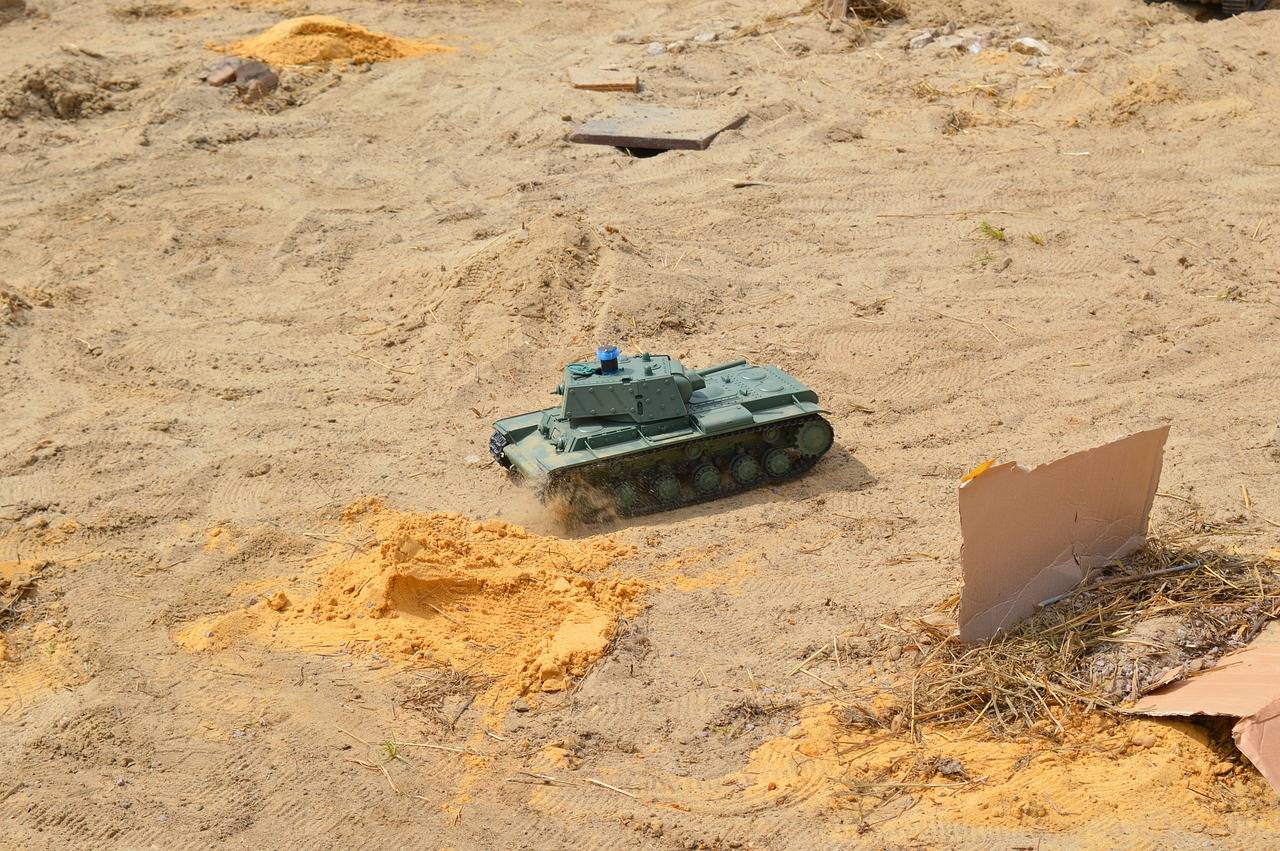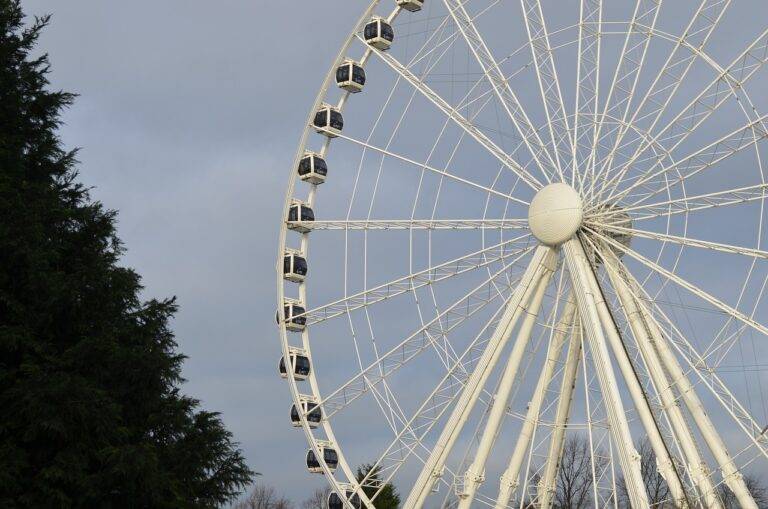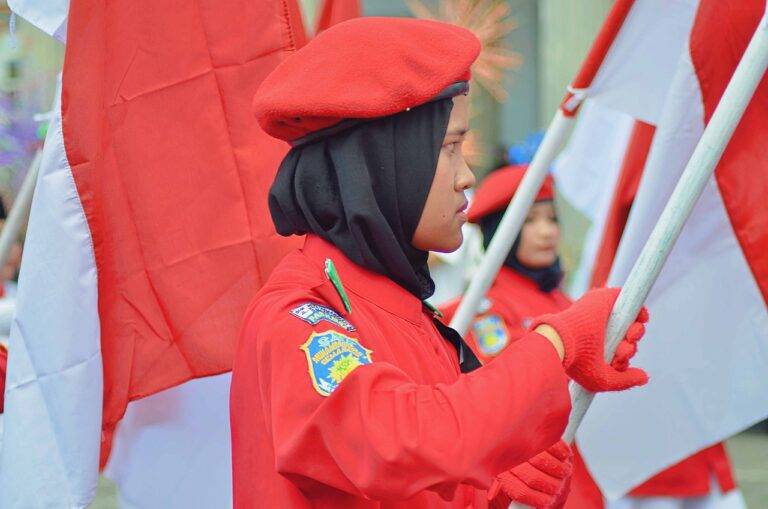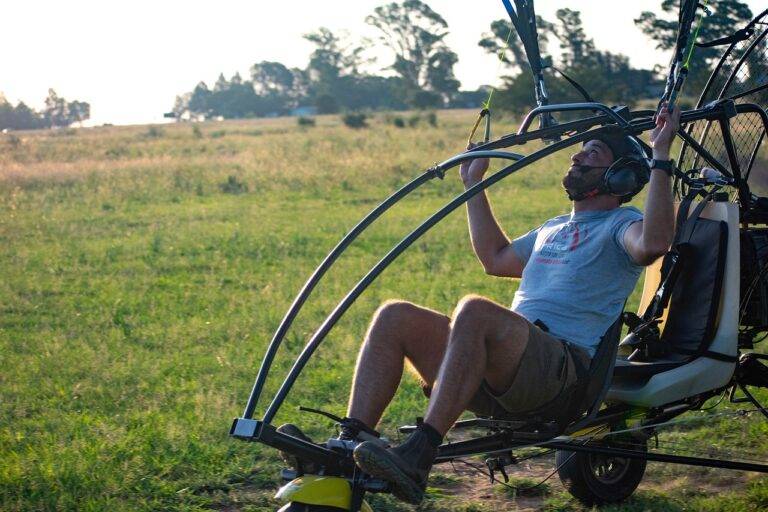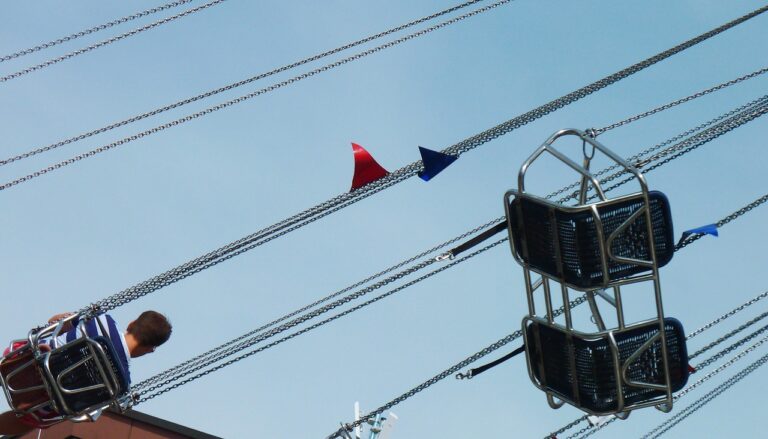The Role of Dance in Cultural Preservation: Passing Down Traditions Through Movement
Dance plays a crucial role in safeguarding and transmitting cultural heritage from one generation to the next. Through movement, rhythm, and expression, traditional dances encapsulate the history, values, and beliefs of a particular community or society. These traditional forms of dance serve as a living archive of cultural practices and rituals that might otherwise be lost over time.
Furthermore, dance serves as a powerful tool for connecting individuals to their roots and fostering a sense of identity and belonging. When people engage in traditional dances, they are not only participating in a physical activity but also immersing themselves in a rich tapestry of customs and traditions that have been passed down through the ages. This connection to their cultural heritage can instill a sense of pride and appreciation for the unique history and practices of their ancestors.
The Historical Roots of Traditional Dances
Dance is a universal form of expression that has long been intertwined with the cultural identity of various communities around the world. Traditional dances serve as a mirror reflecting the rich history and beliefs of a society, encapsulating the essence of its people and their way of life. Passed down through generations, these dances play a pivotal role in preserving the heritage and traditions that define a particular culture.
The historical roots of traditional dances can be traced back to ancient rituals, ceremonies, and storytelling practices. These dances often depict narratives of the past, recounting tales of heroism, love, and triumph that have shaped the identity of a community. Through intricate movements, vibrant costumes, and rhythmic music, traditional dances become a living embodiment of the traditions and values cherished by a society, carrying on the legacy of their ancestors with grace and reverence.
Why is dance important in preserving cultural heritage?
Dance is a form of expression that has been passed down through generations, often reflecting the values, beliefs, and traditions of a particular culture. By continuing to perform traditional dances, communities can keep their cultural identity alive.
How do traditional dances trace back to historical roots?
Traditional dances are often rooted in historical events, rituals, or customs that have been practiced for centuries. These dances serve as a connection to the past and offer insight into the traditions of a particular culture.
What role do traditional dances play in society today?
Traditional dances are not only a form of entertainment, but also serve as a way to educate younger generations about their cultural heritage. They can also foster a sense of unity and pride within a community.
How have traditional dances evolved over time?
While the core elements of traditional dances may remain the same, they can also evolve and adapt to changing times. New movements or music may be incorporated, while still maintaining the essence of the original dance.
What can we learn from studying the historical roots of traditional dances?
By exploring the historical roots of traditional dances, we can gain a deeper understanding of a culture’s values, beliefs, and customs. This knowledge can help us appreciate the significance of these dances in preserving cultural heritage.

